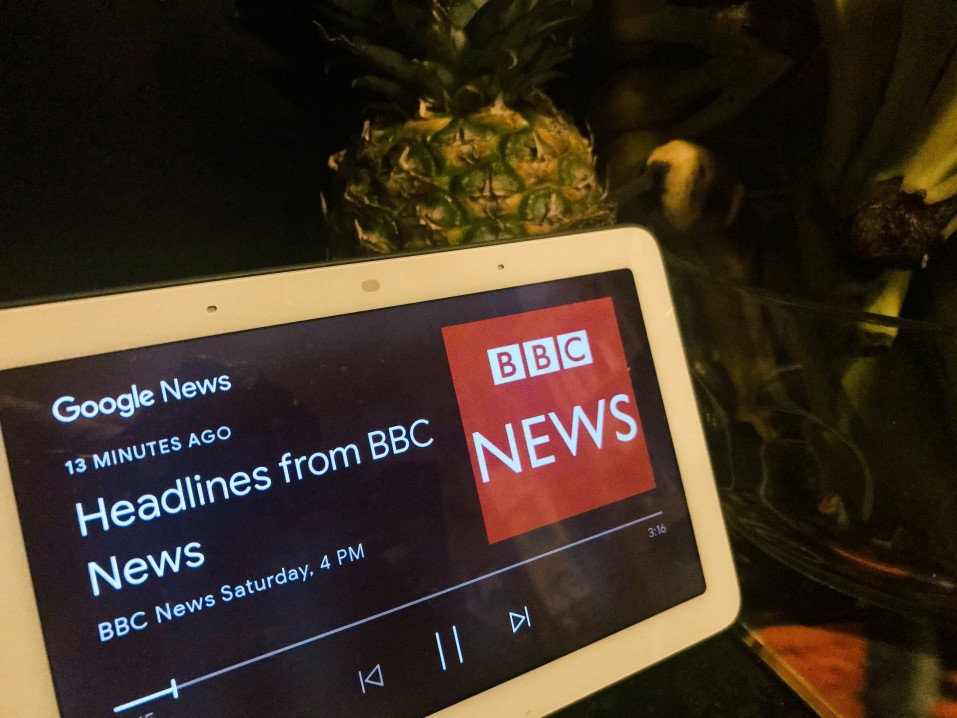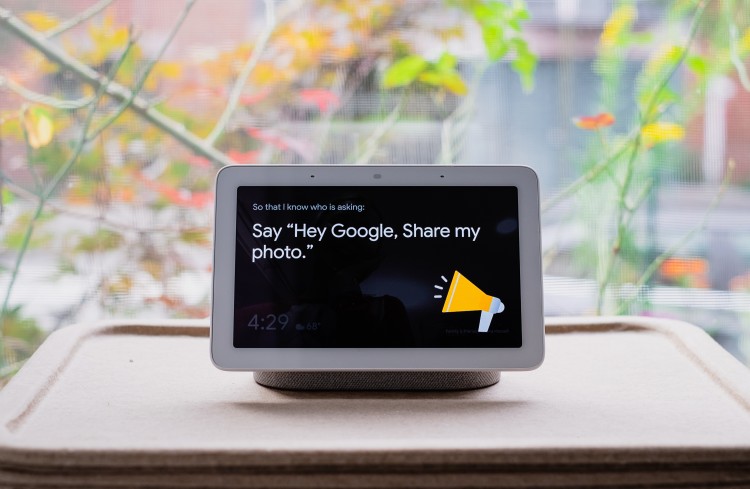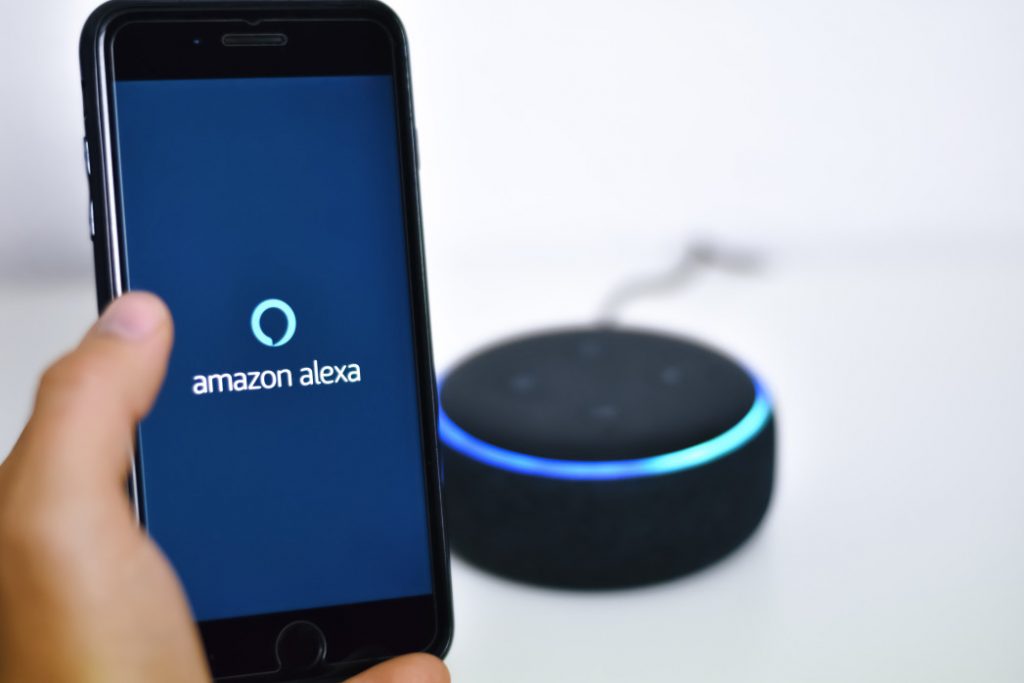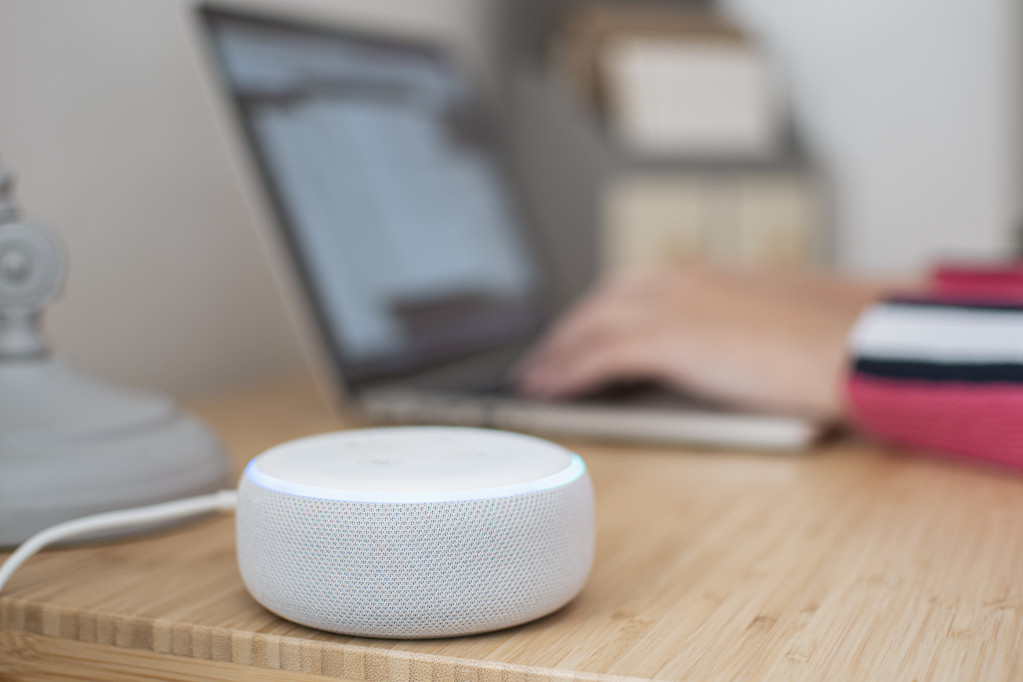
Conversational AI is becoming more common by the day. Not only for business purposes but also in our everyday lives. When computers converse with humans, engineers must put in a lot of effort to make the interactions as human-like as possible.

Whether you’re chatting with a chatbot, responding to an automated email, or speaking with a virtual assistant, computers are working hard behind the scenes to interpret what you’re saying (a process known as “intent classification”), determine the appropriate response, and respond in a natural and easily understandable way to humans.

Examples of Conversational AI
Conversational AI is behind virtual assistant technologies such as Siri, Alexa, and Google Assistant. These conversational AI bots are more advanced than regular chatbots, pre-programmed with responses to specific questions. When compared to chatbot conversations, these virtual assistants are configured to be more human-like, generating responses that are more natural and aligned with real human conversations.

Have you ever asked your virtual assistant, “Is it going to rain today?” or “Where is the nearest pizza place?” This intelligent technology could give you the correct answer in a matter of seconds and complete the task faster than you could if you had to lift a finger. All of this is made possible by artificial intelligence-powered conversational software, which has resulted in an explosion in the number of voice assistants worldwide.

I remember when virtual assistants first appeared on external devices such as computers and smartphones. But now, AI systems can be found in wearables such as watches and our homes via home speakers. As these devices become more prevalent, so does the AI technology that powers them.
70% of consumers will use their voice assistants to avoid going to a store or bank. These artificial intelligence solutions will have a significant impact on e-commerce and the overall customer experience.
How do Virtual Assistants Work?
Machine learning is a critical component in granting virtual assistants like Siri, Alexa, and Google Assistant their current human superpowers. Machine learning is an Artificial Intelligence application that focuses on training systems to improve their ability to learn to perform tasks better – in this case, interact better with humans.

This is accomplished by feeding data to computer systems, automatically analysing patterns to guide future decision-making. What’s exciting is that machines can learn without being programmed by humans, allowing them to develop more outstanding capabilities.
So, whenever Alexa, Siri, or Google Assistant makes an error while responding to your query, it uses this information to learn from and correct its mistake in the future. Thus, collecting data on when it makes a mistake or when its response is correct can use it as a rulebook to guide its future behaviour.
Virtual assistants are just some of the common applications of conversational AI, but there is so much more it can do for your business. The rising demand for conversational AI in customer service, the possibility of omnichannel deployment, and lower development costs for these advanced technologies are the factors that will make conversational AI a staple in every industry.



